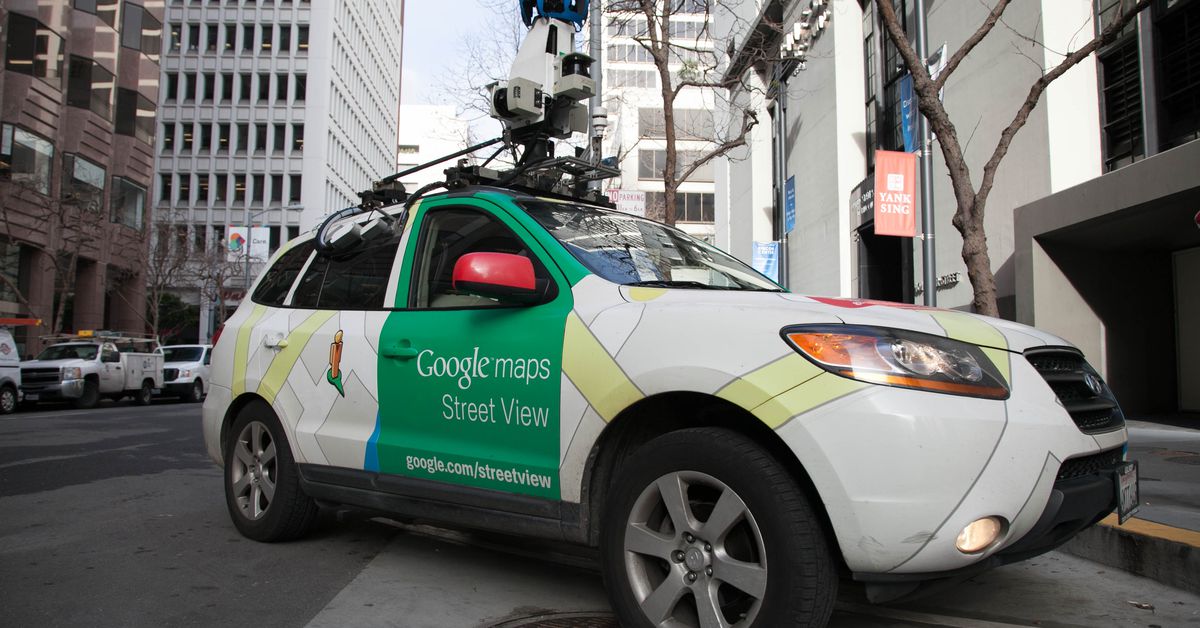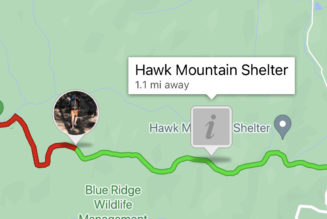
Google and Aclima, a company that maps hyperlocal air pollution, announced today that researchers can now access a treasure trove of new data that can bolster efforts to both combat climate change and clean up the air. It’s the result of four years of measurements taken by Google Street View vehicles in California outfitted with Aclima sensors.
The dataset offers researchers a close-up look at changes in air quality from block to block. It includes more than 42 million measurements of smog, soot, black carbon, nitrogen oxides, carbon dioxide, and methane. The ability to zoom in to see differences on one street versus another is key to pinpointing where the most pollution is coming from and who it affects the most.
“We’re really increasing the pixels on the picture of air quality. The technology or the methodology to do that just hadn’t been available,” Aclima co-founder and CEO Davida Herzl tells The Verge.
Her company developed smaller monitors that can be paired with a fleet of vehicles to create what she calls a “roving sensor network.” Google’s Street View cars, which snap photos for its maps, started taking air quality measurements in 2015. The vehicles, equipped with Aclima sensors, need to drive repeatedly down the same city streets for the sensors to detect what the baseline pollution level is at a given location.
Scientists and policymakers typically look at air quality and greenhouse gas emissions at a city or even country-wide scale. Equipment traditionally used to monitor pollution has been expensive, stationary, and often limited to just one sensor covering a large area. That misses what’s going on at a granular level, which can lead to environmental and health disparities.
“On a single city block on one end, you might have one level of pollution, and on the other end, you can have levels of pollution that are eight times higher. Those hotspots can be persistent for years,” Herzl says. “It really matters where you live.”
Studies have shown that people who live in areas with high poverty or a long history of residential segregation are more likely to live with air pollution — and the negative health effects that go with it. Governments need to understand where those pollution hotspots are in order to shape an equitable response, Herzl says. Some of the data collected by Aclima and Google was used in a 2018 study that examined the link between street-level air quality and heart disease in Oakland, California. That study found that elderly residents exposed to more air pollution from traffic faced a higher risk of cardiovascular problems, and that risk varied from street to street.
More data can bring environmental injustices to light, according to Herzl. “If we don’t have the data, we don’t see it, it’s literally invisible,” she says.
Researchers can apply to access the newly released dataset for free. Google and Aclima plan to expand their data collection worldwide, starting with a fleet of 50 new cars to be deployed this year.









